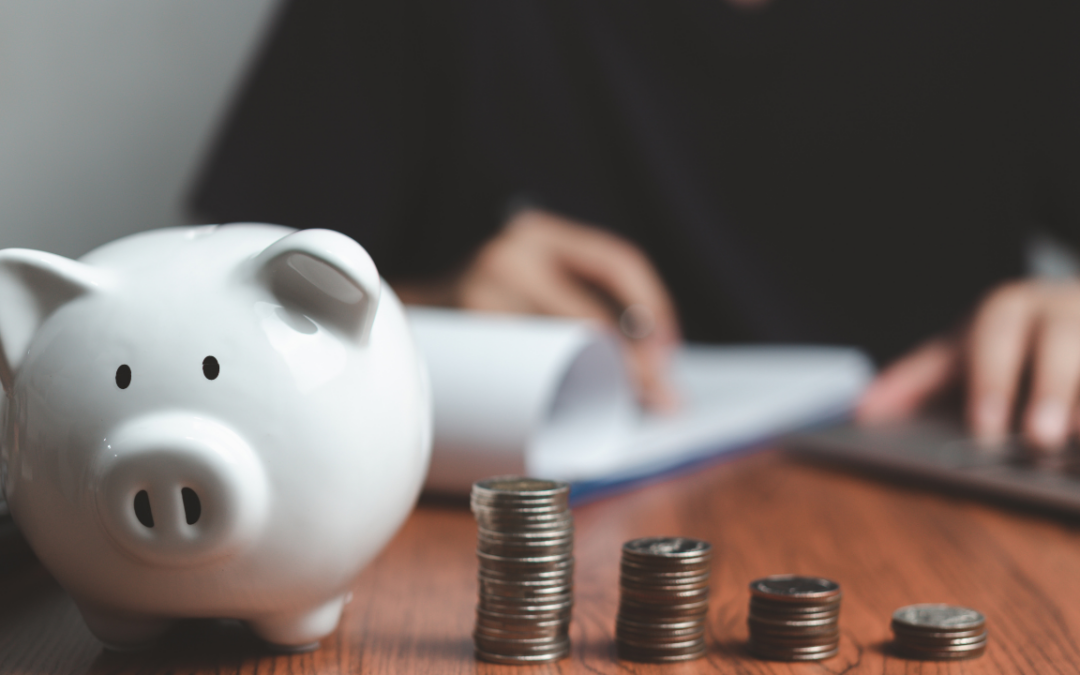In today’s uncertain world, having an emergency fund is crucial for financial stability. The question of how much to save and where to keep it is a common concern for many individuals. In this blog, we will delve into the importance of emergency funds, discuss how much one should save, and explore the best places to keep these funds.
Importance of Emergency Funds
An emergency fund serves as a financial safety net, providing a cushion in times of unexpected expenses or income loss. Whether it’s a medical emergency, car repairs, or sudden unemployment, having readily accessible funds can help mitigate the impact of such unforeseen events. Without an emergency fund, individuals may be forced to rely on high-interest loans or credit cards, leading to long-term financial strain.
Determining the Right Amount to Save
The amount to save in an emergency fund can vary based on individual circumstances. Financial experts often recommend saving three to six months’ worth of living expenses. However, factors such as job stability, health, and dependents should be considered when determining the appropriate amount. Those with more volatile income or high-risk factors may need to save more to ensure adequate protection.
Where to Keep Your Emergency Fund
When deciding where to keep an emergency fund, accessibility and safety are key considerations. While it’s important for the funds to be easily accessible in the event of an emergency, it’s equally crucial to ensure that they are not subject to unnecessary risk. Here are some options to consider:
1. High-Yield Savings Account
These accounts offer higher interest rates compared to traditional savings accounts, providing a balance between accessibility and growth.
2. Money Market Account
Similar to a savings account, a money market account offers the benefit of higher interest rates while allowing limited check-writing abilities.
3. Certificates of Deposit (CDs)
CDs offer higher interest rates in exchange for locking in funds for a specific period. While they may limit immediate access, they can be a valuable option for a portion of an emergency fund.
4. Liquid Assets
Some individuals choose to keep a portion of their emergency fund in easily accessible liquid assets, such as cash or a low-risk investment account.
Building an emergency fund is an essential component of financial planning. Determining the right amount to save and where to keep it requires careful consideration of individual circumstances and financial goals. By prioritizing the establishment of an emergency fund and choosing the most suitable savings vehicle, individuals can gain peace of mind and financial security in the face of unexpected challenges.
Remember, the key to a successful emergency fund is consistency and discipline. Start small and gradually build your fund to reach your desired level of financial security.


